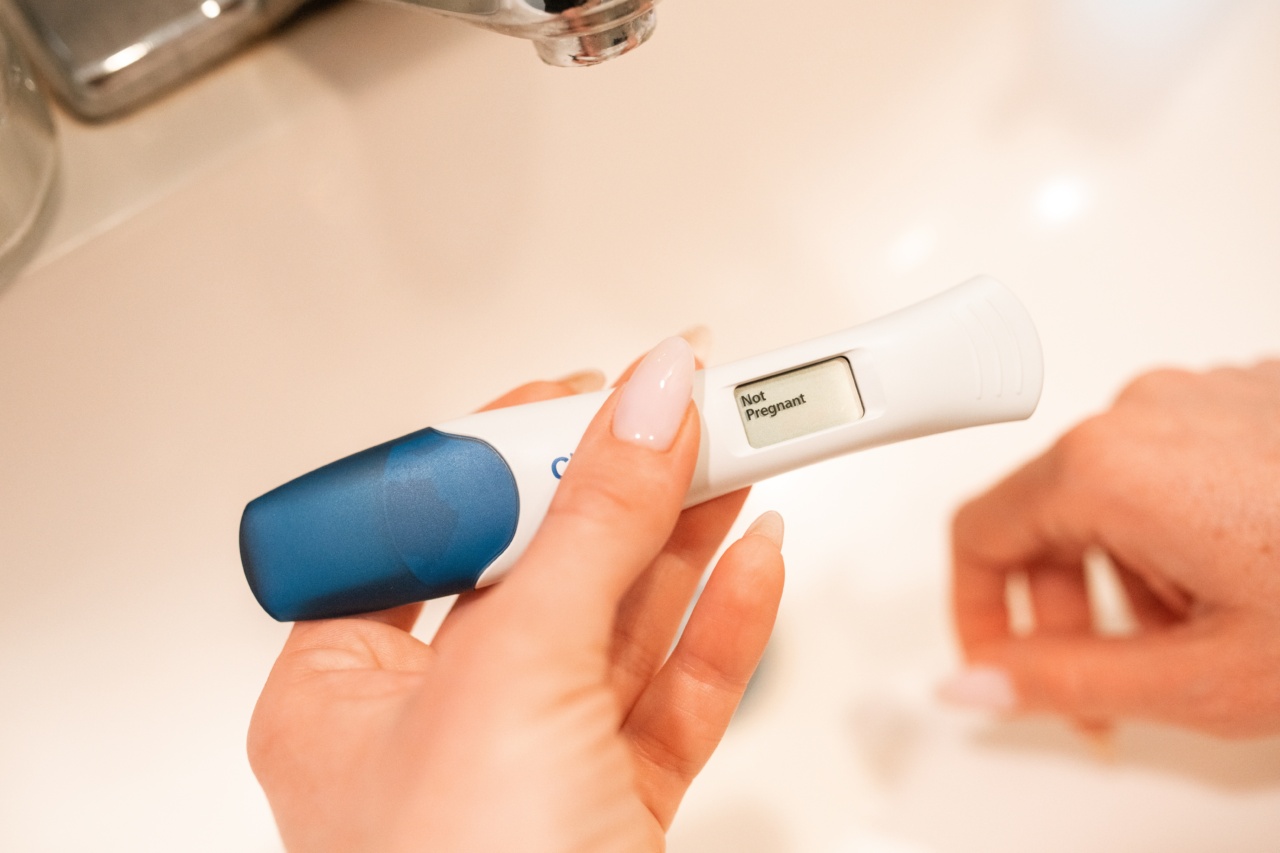Blood pressure is a crucial indicator of overall health and wellness. It measures the force exerted by the blood against the walls of blood vessels.
Maintaining a healthy blood pressure level is essential for the proper functioning of various organs and systems in the body. While high or low blood pressure can be easily detected and managed, there are hidden health risks associated with blood pressure changes that often go unnoticed.
Uncovering these hidden health risks can help individuals take preventive measures and seek appropriate medical intervention when needed.
The Importance of Blood Pressure
Blood pressure is typically represented by two numbers, systolic pressure and diastolic pressure. The systolic pressure is the higher number, representing the force exerted on the blood vessels when the heart contracts, pumping blood.
The diastolic pressure is the lower number, indicating the pressure on the blood vessels when the heart is at rest, between beats.
A healthy blood pressure reading is generally considered to be around 120/80 millimeters of mercury (mmHg). High blood pressure, also known as hypertension, is defined as consistently having a reading of 130/80 mmHg or higher.
On the other hand, low blood pressure, known as hypotension, is diagnosed when the reading falls below 90/60 mmHg.
The Hidden Risks of High Blood Pressure
High blood pressure is a significant risk factor for various health conditions, including heart disease, stroke, and kidney problems. However, there are hidden health risks associated with high blood pressure that many people may not be aware of:.
1. Silent Damage to Organs
High blood pressure puts excessive strain on the blood vessels, heart, and other organs of the body. Over time, this extra pressure can lead to damage to various organs, including the heart, kidneys, brain, and eyes.
The damage may not present any immediate symptoms, leading to the term “silent killer” for high blood pressure.
2. Increased Risk of Heart Disease and Stroke
High blood pressure damages the arteries, making them more susceptible to the accumulation of plaque. This build-up of plaque can narrow the arteries, limiting blood flow.
Reduced blood flow to the heart can cause chest pain (angina) or lead to a heart attack. Likewise, restricted blood flow to the brain can result in a stroke. These cardiovascular events are severe and can be life-threatening.
3. Kidney Damage
Uncontrolled high blood pressure can damage the blood vessels in the kidneys, leading to kidney damage or even kidney failure.
The kidneys play a crucial role in filtering waste from the blood, regulating blood pressure, and maintaining proper fluid balance in the body. Kidney damage can have far-reaching consequences for overall health.
4. Vision Problems
Elevated blood pressure can cause damage to the blood vessels in the eyes, leading to vision problems.
Hypertensive retinopathy is a condition where the blood vessels in the retina become damaged, potentially resulting in vision loss or blindness if left untreated.
The Hidden Risks of Low Blood Pressure
While low blood pressure is often considered less concerning than high blood pressure, it can still pose hidden health risks:.
1. Dizziness and Fainting
Low blood pressure can cause dizziness, lightheadedness, and even fainting. Inadequate blood flow to the brain can result in these symptoms, potentially leading to falls and injuries.
2. Fatigue and Weakness
When blood pressure is too low, the body may not receive sufficient oxygen and nutrients, leading to feelings of fatigue and weakness. Everyday tasks can become more difficult to perform, affecting overall quality of life.
3. Organ Malfunction
In some cases, chronically low blood pressure may indicate an underlying issue with the heart, endocrine system, or nervous system. If organs do not receive adequate blood supply, their normal functioning can be impaired.
4. Complications during Surgery or Pregnancy
Low blood pressure can pose challenges during surgical procedures and childbirth. It can affect the body’s response to anesthesia and increase the risk of complications.
During pregnancy, low blood pressure can reduce blood flow to the placenta, potentially affecting the health of the fetus.
Prevention and Management
Regular monitoring of blood pressure is vital for uncovering hidden health risks associated with both high and low blood pressure. Lifestyle modifications and medical interventions play a crucial role in managing blood pressure:.
1. Healthy Diet
A diet rich in fruits, vegetables, whole grains, lean proteins, and low-fat dairy products can help maintain a healthy blood pressure level. Reducing salt intake is also important, as excessive salt consumption can contribute to high blood pressure.
2. Regular Exercise
Aim for at least 150 minutes of moderate-intensity aerobic exercise or 75 minutes of vigorous-intensity exercise every week. Regular physical activity helps lower blood pressure and improves overall cardiovascular health.
3. Weight Management
Maintaining a healthy weight is crucial for blood pressure management. Losing excess weight can significantly reduce the risk of hypertension and other associated health problems.
4. Limit Alcohol and Tobacco
Excessive alcohol consumption and smoking can both contribute to high blood pressure. Limiting alcohol intake and avoiding tobacco products can have a positive impact on blood pressure and overall health.
5. Stress Management
Chronic stress can contribute to high blood pressure. Engaging in stress-reducing activities such as meditation, deep breathing exercises, and hobbies can help keep blood pressure under control.
6. Medication and Treatment
In cases of persistently high or low blood pressure, medication and medical interventions may be necessary.
Consultation with a healthcare professional is crucial for the accurate diagnosis, treatment, and management of blood pressure-related health risks.
Conclusion
Blood pressure changes, whether high or low, can have hidden health risks that should not be ignored.
Regular monitoring, adopting a healthy lifestyle, and seeking appropriate medical interventions are crucial for preventing and managing the potential complications associated with blood pressure changes. By uncovering these hidden health risks, individuals can take proactive steps towards a healthier and more fulfilling life.































